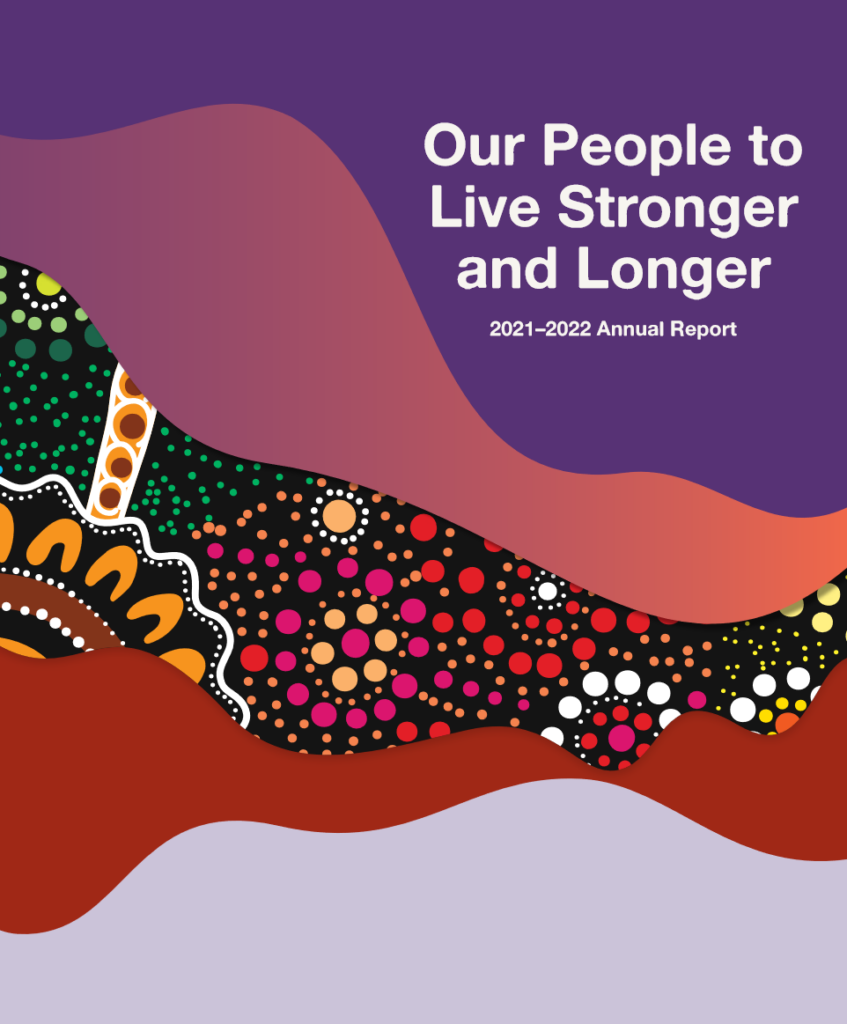The AH&MRC of NSW has been funded by the National Aboriginal Community Controlled Health Organisation (NACCHO) to strengthen and support the quality improvement processes utilised by our ACCHSs and underpinning the accreditation required for clinical governance.
Clinical governance is an integrated set of leadership behaviours, policies, procedures, responsibilities, relationships, planning, monitoring and improvement mechanisms that are implemented to support safe, quality clinical care and good clinical outcomes for each aged care consumer.
The purpose of clinical governance is to support the workforce and visiting practitioners in your service to provide safe, quality clinical care as part of a holistic, person-centred approach to aged care that is based on the needs, goals and preferences of consumers. All care provided to consumers, including clinical care, should be directed to optimising their wellbeing and quality of life.
Clinical governance provides the framework for you to organise and structure what you do to support good clinical outcomes for consumers. It is a way of thinking about clinical quality and safety that should infuse all aspects of the operations of your service and influence its culture; how it is led and managed; workforce profile and skillset; systems, policies and procedures; the built environment and other infrastructure. Clinical governance is part of corporate governance, and should be ‘normal business’ if your service delivers, or hosts the delivery of clinical care; it is not something extra that you and your workforce need to address on top of providing care and services to consumers.
The five components of the Clinical Governance Framework are as follows:
- Governance, leadership and culture – integrated corporate and clinical governance systems are established, and used to improve the safety and quality of health care for patients
- Patient safety and quality improvement systems – safety and quality systems are integrated with governance processes to actively manage and improve the safety and quality of health care for patients
- Clinical performance and effectiveness – the workforce has the right qualifications, skills and supervision to provide safe, high-quality health care to patients
- Safe environment for the delivery of care – the environment promotes safe and high-quality health care for patients
- Partnering with consumers – systems are designed and used to support patients, carers, families and consumers to be partners in healthcare planning, design, measurement and evaluation.
This framework has been designed so that health services can adapt and implement its components to best meet the needs of their consumers and organisation. It is important that governance systems do not remain static but that they are regularly reviewed and evaluated to meet local requirements and drive continued improvement.
Health service organisations need to have a culture that has:
- Strong strategic and cultural leadership of clinical services, focusing on – effective planning to enable development and improvement opportunities to be captured – cultural leadership that requires, and gives priority to, safety and quality, and supports continuous improvement – allocating resources to support the delivery of high-quality care
- Clear responsibilities for managing the safety and quality of care, and delegation of the necessary management authority for this purpose
- Reliable processes for ensuring that systems for delivery of care are designed and performing well, and clinicians are fully engaged in the design, monitoring and development of these systems
- Effective use of data and information to monitor and report on performance, through the health service organisation to the governing body
- Well-designed systems for identifying and managing clinical risk.























